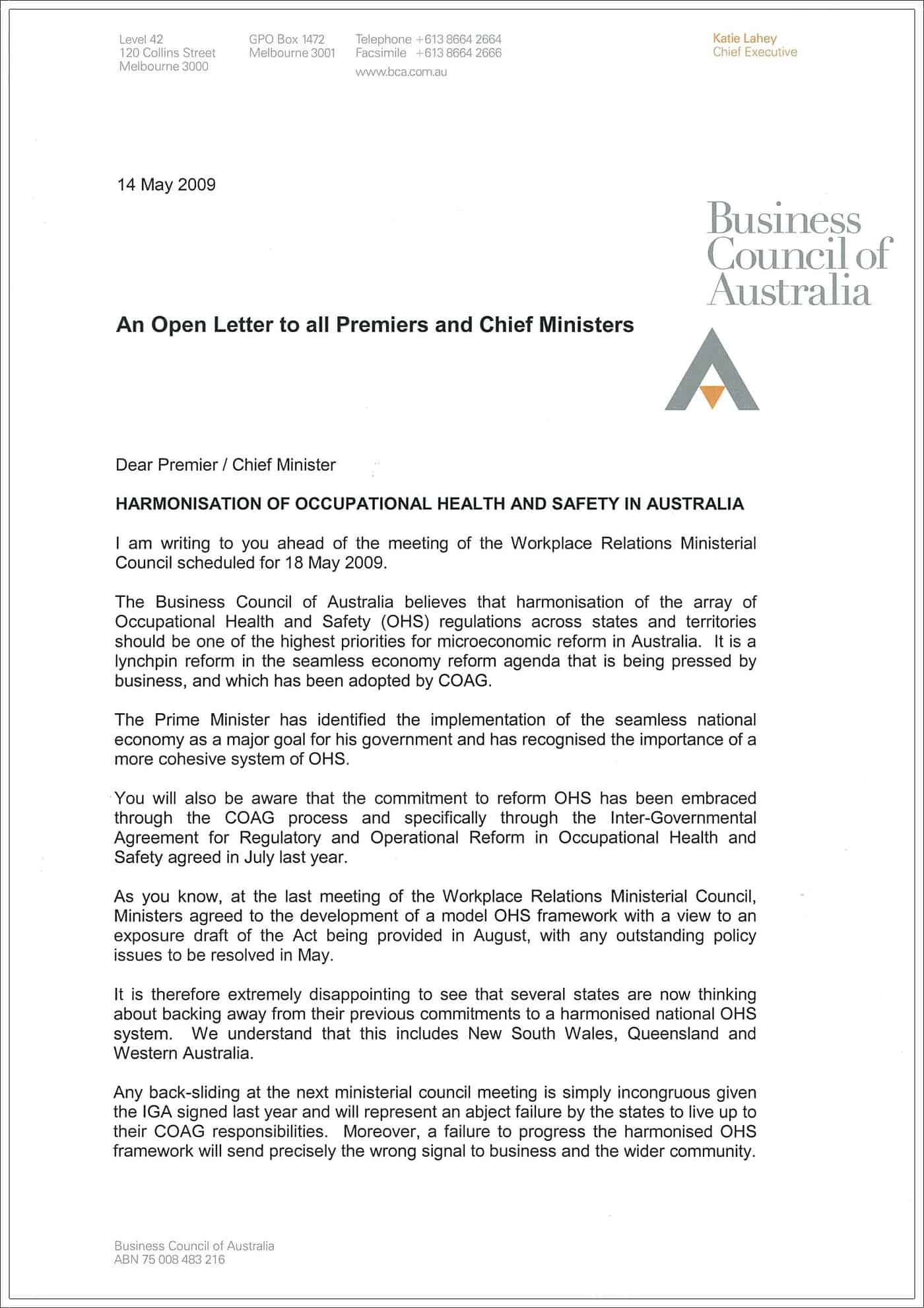“The premium has dropped eight per cent from last financial year. This is the third consecutive drop in the Commonwealth sector premium rate.” [my emphasis]
Fantastic news – eight per cent reduction in 12 months! The media release goes on:
“… this is a very pleasing result for Commonwealth agencies as it indicates injuries are continuing to fall due to effective prevention strategies that promote safer workplaces.”
The second quote is from Martin Dolan, CEO of Comcare in Australia, on his second-last day in the job.
But 8%? In one year?
The Comcare media release includes a table of premium figures for the five years. The overall premium rate in 2008-09 was 1.36%. For 2009-10 it will be 1.25%, that’s the 8% fall in Comcare media release terms. In reality it is a fall of 0.11%
The premium rate is indeed low and it may be justified in congratulating Comcare on a job well done but expressing such a fall as 8%? This is a cheeky farewell statistic for a CEO which should have said
“a 0.11% fall from 2008-09 and a decline of 0.5% over 4 years”.
This is surely a fairer statistic and a worthy achievement in itself, if not quite so sexy.
UPDATE: 1 July 2009
Martin Dolan is moving to the Australian Transport Safety Bureau.


